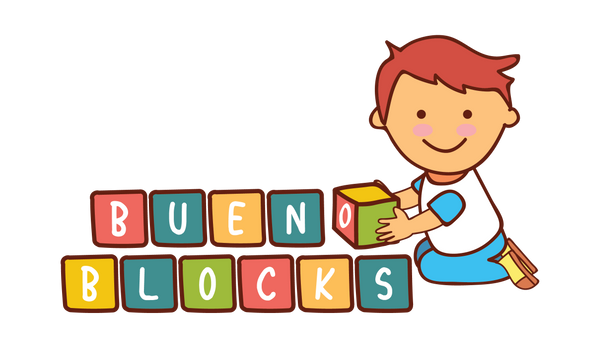
What is play?
Have you ever found yourself thinking:
“How do I get my child to play on their own?”
“My child doesn’t know how to play. She just bangs blocks together”
“When should I introduce Toy X to my child?”
You’re not alone. In our world of Instagram- and Pinterest-worthy playrooms and play invitations, we can find ourselves doubting our children’s ability to play when we’re unable to replicate those images in our own home.
But there’s a problem with these questions. They all assume that we, the adults, need to teach our children how to play. The truth is, children are the play experts. It’s not our job to teach children how to play. Children are naturally wired to play, it’s how they learn.
So the important question we should really be asking is:
What IS play?
Because without truly understanding what play is, we can’t recognize it when it’s happening and worse, we don’t see all the valuable learning that’s taking place within it. So let’s dive in!
|
|
 Layla, 14 months, mouthing Grimm’s friends |
Play is self-chosen and self-directed
True play is any activity that is freely chosen by the child. The child is in charge of what they want to play, how they want to play and how long they play for. When children play freely, they have full agency, something they have very little of in daily life. Think about it, in daily life, children are subject to the rules and timelines of the household: when to wake up, when to sleep, when and what to eat. In play, they are truly masters of their own decision-making and are able to practice the skills that will lead to self-assurance and confidence.
Play is internally motivated
You’ll have heard the phrase “It’s the journey that matters, not the destination”. This is especially true of play. Play is always done for its own sake rather than to gain some external reward. Children don’t play in order to earn a reward, but because it is enjoyable and necessary. For example, imagine your child sitting in the bathtub engrossed in pouring water from one container to another. Once one container is filled, he immediately empties it and starts again. Why? Because the goal isn’t to fill all the containers. He’s simply enjoying the practice of pouring water, observing how long it takes to fill containers of different sizes.
Play is meaningful
Given that play is freely chosen and self-directed, does that mean that play is simply chaos? Definitely not. Although play is freely chosen, it is far from random and meaningless. There is always an underlying purpose to play. When your child plays, she has rules in mind that lend structure and meaning to the play. For instance, your toddler who seems obsessed with throwing all the blocks out of the bin? She might be in the middle of a play schema (more on play schemas in another post) called the ‘trajectory schema’ – where she’s fixated on movement and exploring how things move. The block throwing isn’t random, it’s an ongoing experiment into the movement of different physical objects.
Play looks different for every child
The way a child plays depends on so many factors: age, stage of development, temperament and personality, interests and environment. Those of you with more than one child will surely relate to this. You may have one child who loves small world play and can spend hours narrating stories. Another child may need plenty of gross motor stimulation, climbing all over the furniture in the house. Your baby might seem to be fixated on mouthing any object within his grasp.
Simply put, if your child is focused on an activity they’ve chosen on their own – that’s play!
|
|
|
The reality of play is that it can make us feel uncomfortable. Play can get messy – think about play dough smooshed into the table or LEGO pieces scattered across the floor. It doesn’t always make for good photos for Instagram. Your child’s idea of play for the day might be to run around the house in their underwear pretending to be Mowgli from The Jungle Book. Play can be disruptive. I remember when my daughter wanted to arrange all the dining room chairs in the middle of the living room as a pirate ship.
But, play is so crucial to how children learn that not allowing true independent play to unfold can have terrible consequences. Play is how children learn to create their own meaningful activities, problem-solve, get along with peers, see the world through another’s eyes, deal with emotions like fear and frustration and take control of their own lives.
I’m ending this post with a message to all the worried parents who asked the questions at the beginning of this post. Let’s learn to get comfortable with the discomfort of play. Let’s embrace the mess and the uncertainty because we know that it’s the path to creativity, autonomy and self-confidence. Let’s push aside our assumptions and preconceptions and let them play!
| Justina is a mother, educator and parent coach based in Kuala Lumpur. Until most recently, she was an early years educator at Anyaman Preschool. She has contributed to a number of national projects on education policy and youth welfare in her previous roles as consultant and researcher for organisations such as the World Bank and the United Nations Development Program. She believes that children are capable and endlessly creative, and that one of the greatest gifts we can offer them is the space to make meaningful sense of the world. |



